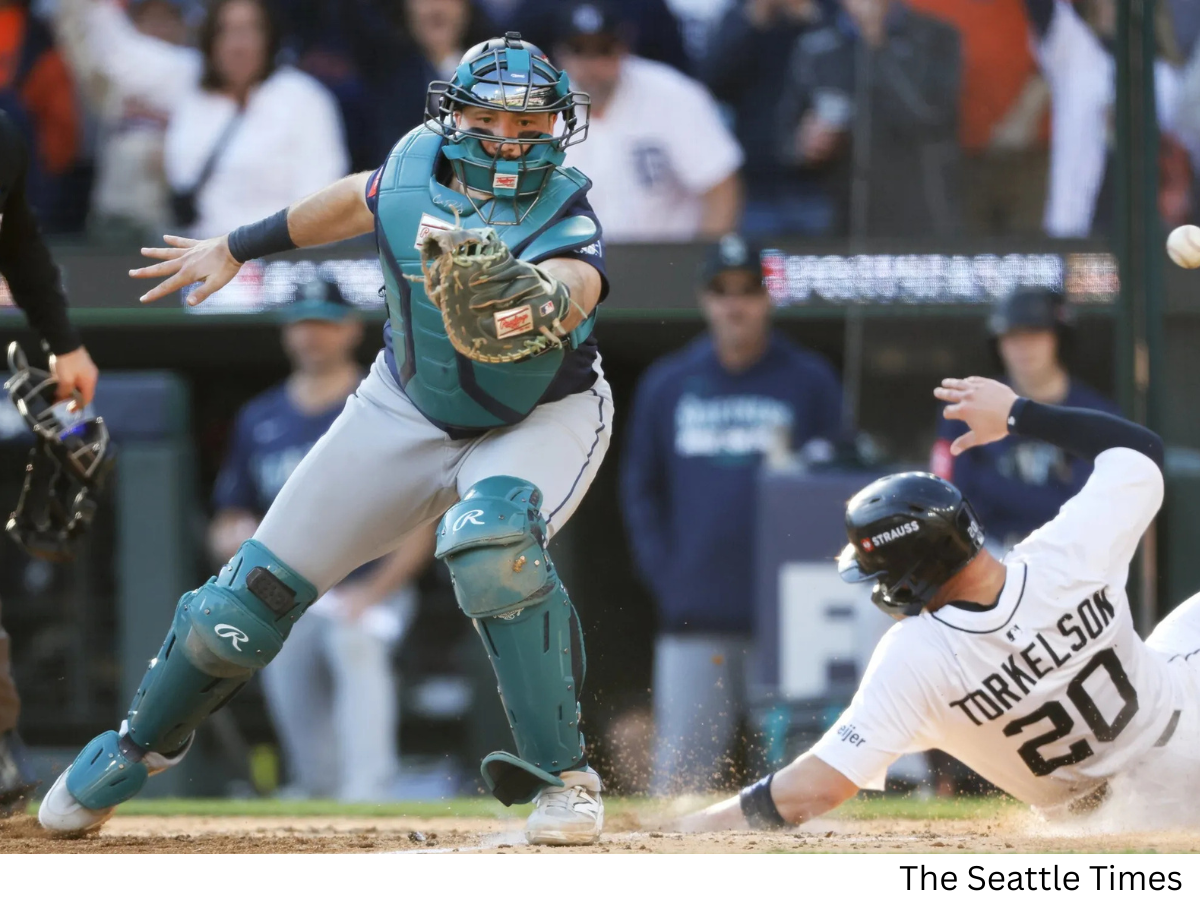England secured their place at the 2026 World Cup with a dominant 5-0 victory against Latvia in Riga, sealing qualification with two games to spare. Senior football correspondent Sami Mokbel assessed the performances of the squad, highlighting standout players, emerging talents, and key areas of improvement.
Jordan Pickford
The England captain between the posts continued his fine run of form with several crucial saves in the second half. Pickford maintained his remarkable clean sheet record, extending it to nine consecutive matches for his country. While Latvia offered limited attacking threats, Pickford’s composure and shot-stopping instincts once again demonstrated why he remains England’s first-choice goalkeeper heading into the World Cup. His communication with the backline also ensured that defensive organization remained tight throughout the match.
Djed Spence
The young right-back has adapted seamlessly to international football, displaying maturity and composure beyond his years. Spence combined solid defensive work with timely forward forays, contributing to England’s attacking momentum. While stronger opposition awaits in the tournament next year, this outing showcased his potential as a reliable presence in the national team. His athleticism and crossing ability could make him a key asset in creating width and supplying chances for England’s forwards.
John Stones
Manchester City’s defender remains a central figure in England’s backline. Stones’ performance in Riga demonstrated both his defensive awareness and ability to play out from the back under pressure. Despite the condensed schedule of two games in five days, he looked fit and sharp, suggesting that he will continue to be a cornerstone of England’s defense as they approach the World Cup. His leadership qualities at the back also provide reassurance to the rest of the defensive unit.
Ezri Konza
Konza was preferred over Marc Guehi for this match and justified the decision with a composed performance. Notably, he executed a last-ditch recovery tackle in the second half that prevented a potential goal-scoring opportunity for Latvia. Konza’s ability to read the game, anticipate threats, and execute decisive interventions is becoming increasingly valuable for England’s defensive depth.
Myles Lewis-Skelly
Lewis-Skelly showed glimpses of quality, though his lack of recent game time with Arsenal was evident in moments of rustiness. Despite this, he contributed positively when called upon, and the upcoming months will be crucial for him to regain full match sharpness. As England build their midfield options, Lewis-Skelly’s adaptability and technical skill could make him an important squad member for the World Cup.
Elliott Anderson
Anderson is establishing himself as a key figure in the England midfield. His partnership with Declan Rice is beginning to flourish, offering a blend of creativity, defensive cover, and tactical intelligence. Anderson’s ability to link play and influence the tempo of matches suggests that he is now undroppable in this England setup. His performances in qualifying have given the squad an added dimension in midfield flexibility.
Declan Rice – 7
Rice has evolved into a dynamic all-round midfielder in this campaign, thriving in a number eight role. His defensive discipline remains vital, but he is increasingly showing attacking instincts, contributing to transitions and supporting the front line. Rice’s leadership, positioning, and work rate provide the team with stability and balance, making him indispensable as England build towards the World Cup.
Morgan Rogers
Rogers had a quieter evening compared to previous performances against Serbia and Wales. While he contributed to England’s attacking movements, he lacked the decisive impact he has shown in other fixtures. With competition for the number 10 shirt heating up, the coming months will reveal whether Rogers can cement his place as the team’s creative linchpin or if another player will claim the role.
Bukayo Saka
Saka continues to be England’s most potent attacking threat from the wide areas. He added an assist in Riga, complementing his goal against Wales earlier in the week. His dribbling, vision, and decision-making under pressure highlight why he is crucial to England’s hopes next summer. Saka’s ability to create chances, stretch defenses, and contribute goals will be a key factor in the team’s World Cup ambitions.
Harry Kane
Kane is in the form of his life. The Bayern Munich striker scored twice against Latvia, taking his season tally to 20 goals and his international total to 76. The milestone of 100 goals for England is now within reach. Kane’s intelligent movement, finishing, and leadership on the pitch make him not just a goalscorer but also a strategic focal point for England’s attack. His presence inspires confidence across the squad and ensures England can challenge the world’s best.
Anthony Gordon
Gordon got England off to a flying start with a sharp finish to open the scoring in Riga. His pace, composure, and attacking instincts have impressed during this international window. Gordon’s contribution exemplifies the depth and versatility England now possess in their forward options, giving Tuchel multiple avenues to attack opponents and maintain momentum in high-stakes tournaments.
Overall Assessment
England’s victory over Latvia highlighted a squad firing on multiple cylinders. Strong defensive organization, creative midfield interplay, and prolific attacking performances suggest the team is hitting peak form just as the 2026 World Cup approaches. Players like Kane and Saka provide world-class attacking options, while emerging talents such as Spence and Anderson offer depth and tactical flexibility. With Thomas Tuchel at the helm, England appear well-equipped to challenge for their first World Cup since 1966.
%20(4).png)





.png)


